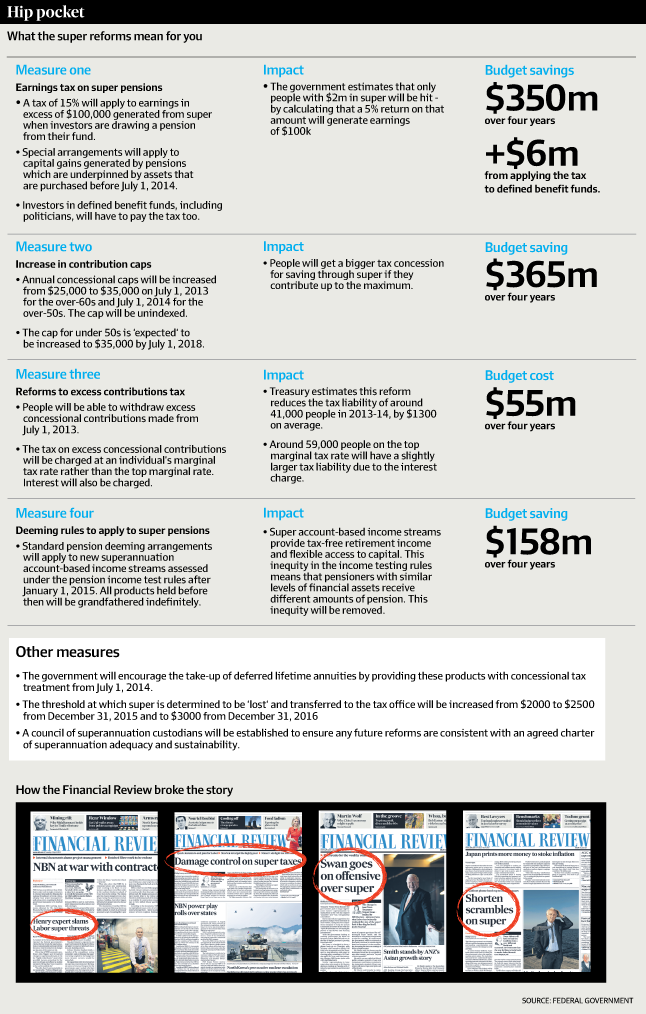Term life rates creep up
Post on: 6 Июль, 2015 No Comment

Highlights
- After falling 70 percent since the mid-1990s, term rates are rising.
- Earlier, booming stock prices and Internet competition kept rates low.
- Today’s credit crunch and the cost of reinsurance push rates higher.
Term life insurance rates are increasing for the first time in decades, and while the hikes have been modest, this may be the time to buy a policy.
There is no more waiting for prices to go down, says Byron Udell, founder and CEO of AccuQuote.com. The best time to buy life insurance may have been yesterday, but the next best time is today.
Unlike milk, gasoline and nearly everything else, premiums on term, or nonpermanent, life insurance have fallen by as much as 70 percent since their highs in the mid-1990s, according to Udell.
But that trend began to reverse itself earlier this year.
Over the past six months, almost every carrier has had an increase of one sort or another, says Alan Lurty, senior vice president and head of business development for ING U.S. Insurance.
The increases have been modest — 5 percent to 10 percent on average — but some analysts worry the change in direction could be long term.
Why rates fell
Three factors have worked to keep term life insurance premiums down for so long:
- People are living longer. There are two basic types of life insurance, term and permanent. With term policies, if you live through the length of your policy — typically 10, 15 or 20 years — the policy expires and the insurance company pays you nothing — although you may be able to convert it to a permanent policy. With permanent policies — universal life, whole life and variable life — your policy never expires and you make deposits into the account for the rest of your life. As life expectancy increased, more term policyholders outlived their policies, the companies made more money and they could lower their rates. The Internet boosts competition. In the late 1990s, shoppers started comparing life insurance companies, policies — and most importantly, prices — from the comfort of home, rather than visiting each provider’s office. The increased competition prompted insurance companies to trim premium rates.
- Booming stock prices. At first blush, this third piece of the puzzle may not seem to have anything to do with life insurance. But just think about what happens to your premium dollar.
When companies bring in premiums, they don’t put it in a big mattress, they invest it, Udell says. They use those investment returns to help offset the cost of insurance. Until recently, the insurance companies anticipated 4 percent to 5 percent investment returns each year. As the market boomed for years prior to the recent meltdown, those investments brought in big profits for the insurance companies and allowed them to hold down prices.
Why rates bounced
The beneficial effect of falling mortality is being overwhelmed by the economic conditions over the last year, Lurty says.
Following the body blows suffered by some of the world’s biggest financial institutions, including insurance giant AIG, investors became less eager to lend money at low rates.
Anyone who sells term insurance needs to put up a significant amount of capital to cover those policies, Lurty says.
Insurance companies use cash reserves and lines of credit to supply that cash, but after the government had to bail out massive financial institutions, those sources of cash either dried up or got much more expensive, he says.
advertisement
In some cases, we saw the cost of that credit go up two or threefold. In January there were even questions about whether credit was going to be available at all, Lurty says.
And while the credit markets seem to be stabilizing, credit is still much more expensive than it was two years ago.














